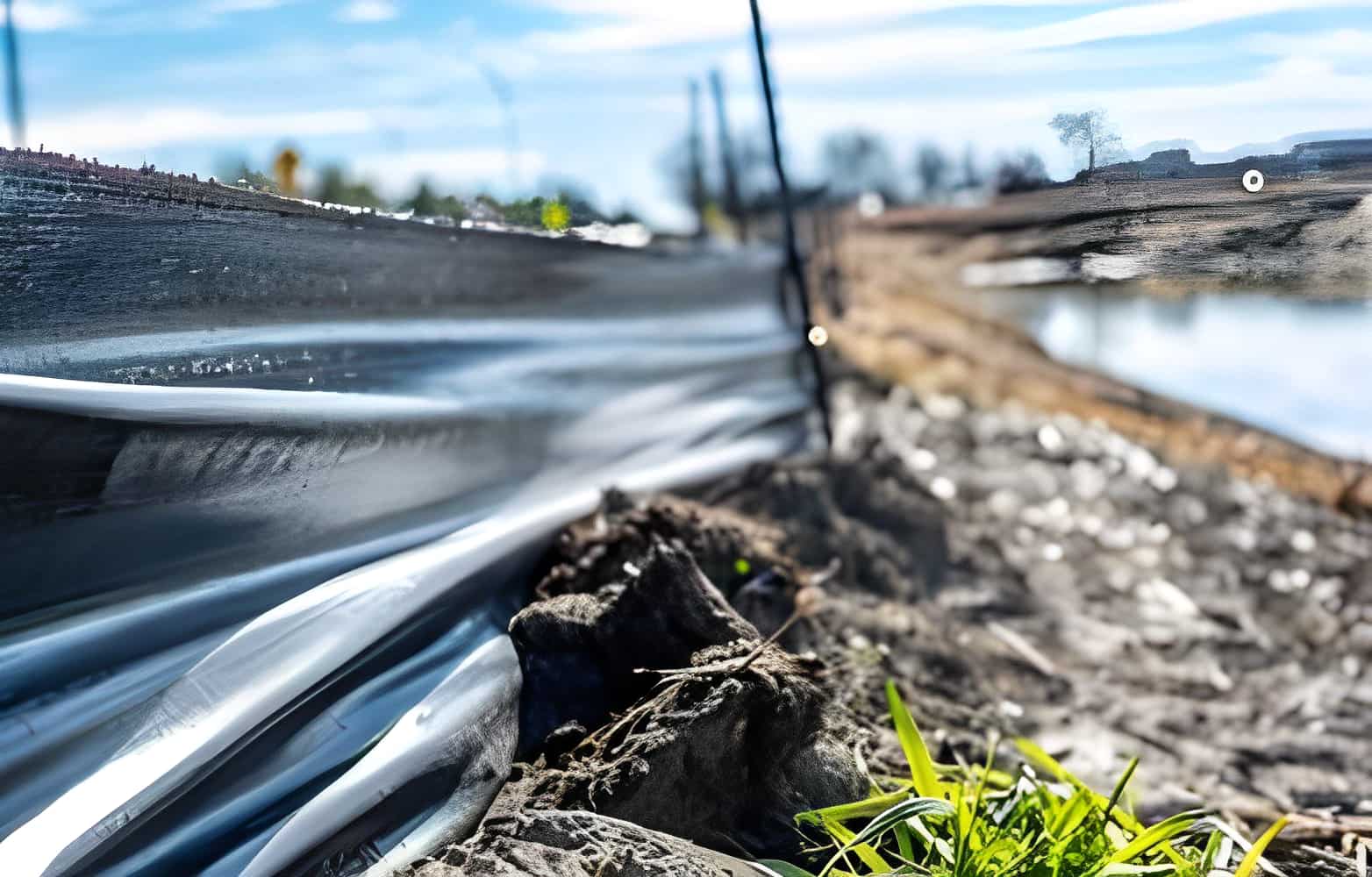Introduction
Silt fences are unsung heroes in environmental protection and construction site management. They are pivotal in controlling erosion and managing sediment, especially in areas prone to heavy rainfall or run-off. The effectiveness and longevity of silt fences largely depend on their maintenance. This blog explores the best practices that ensure these fences serve their purpose efficiently over time.
Understanding Silt Fences
Silt fences, typically made from woven synthetic fabrics like polypropylene, are designed to intercept and slow down water flow, trapping sediment while allowing water to percolate. They are supported by stakes or posts, making them a semi-permanent fixture in construction and landscaping projects. Understanding their design and function is key to maintaining them effectively.
Initial Installation Considerations
The longevity of a silt fence starts with its installation. It’s essential to:
- Ensure proper trenching for the bottom of the fence so it’s secured against underflow.
- Consider local weather and soil conditions to select the right material for the fabric and posts.
- Place the fence parallel to the contour lines of the land to maximize efficiency in trapping sediment.
Regular Inspection Routines
Daily inspections are the cornerstone of effective maintenance. Inspect the fences:
- After every significant rain event to assess damage or sediment build-up.
- To check for wear and tear monthly, ensure the posts are firm and the fabric is intact.
- Seasonally, to prepare for weather changes that could impact their effectiveness.
Common Maintenance Tasks
Maintenance involves several key tasks:
- Sediment Management: Prevent sediment build-up from compromising the fence’s integrity. When the sediment level reaches about one-third of the fence height, it’s time to remove it.
- Repairs: Address any visible damage immediately. Patch up minor tears and replace sections that are beyond repair.
- Fence Stability: Ensure the fence remains upright and the posts secure. Adjust and reinforce as needed.
Dealing with Weather-Related Challenges
Inspect and reinforce your silt fences before a forecasted heavy rain or storm. Post-storm, promptly address any damage or sediment build-up to restore full functionality.
Long-Term Considerations
Over time, UV exposure and weather conditions can degrade silt fences. Regularly assess their overall condition and plan for replacement when they no longer function effectively. Dispose of old materials responsibly, adhering to environmental guidelines.
Compliance with Regulations
Stay updated about local and national regulations regarding silt fence installation and maintenance. Adherence to these regulations ensures legal compliance and guarantees environmental protection.
Conclusion
Effective maintenance of silt fences is a small yet significant step towards sustainable construction and environmental stewardship. We can all contribute to a healthier, more sustainable environment by adhering to these best practices.
We invite you to share your experiences or tips on silt fence maintenance in the comments below. Please get in touch with us for further advice or services related to silt fence installation and maintenance.











